IP Café┃China IP News of the Week
Good morning. Welcome come to this week’s IP Cafe. Here’s Fino. Now let’s take a cup of coffee and enjoy the following five minutes with me.
Let’s quick browse the headlines:
· Hangzhou Launches Online Mediation Platform For IPR, Commercial Disputes
· China to Promote High-Quality Development of National Hi-Tech Zones
· Draft Revision to Patent Law Submitted to NPC Standing Committee
· Local Government Moves Forward Opening Up with Innovation
· China's Top Airlines Receive Domestically Made ARJ21 Aircraft
An online mediation platform was officially launched Tuesday, June 30, for cases concerning intellectual property rights and international commercial disputes within the eastern Chinese city of Hangzhou after two months of trial operation.
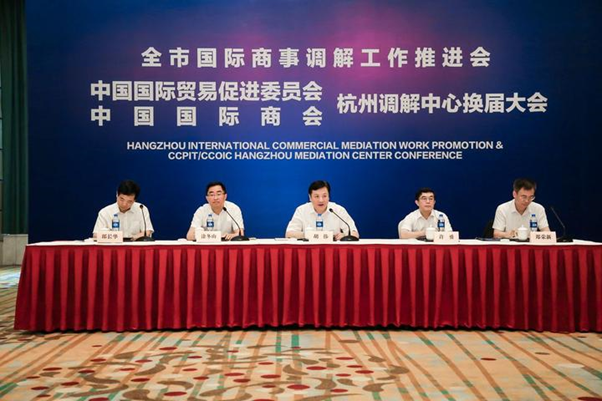
The China (Hangzhou) Intellectual Property and International Commercial Mediation Cloud Platform is jointly developed by the China Council for the Promotion of International Trade Hangzhou Committee (CCPIT Hangzhou) and Hangzhou Intermediate People's Court.
It opens for online applications from the parties or agents and also accepts cases from the courts, if the parties agree to accept mediation.
"The platform provides Internet mediation, electronic signatures, automated documentation, online judicial confirmation applications and other services for the convenience of the litigants or agents," said Zheng Rongxin, president of the CCPIT Hangzhou.
So far, the platform has nine mediation institutions with a total of 1,600 mediators. As of June 16, it had received 1,588 cases, with the shortest case taking only two days to mediate.
On the following day of the conference in Hangzhou, Wednesday, July 1, the State Council's executive meeting chaired by Premier Li Keqiang decided that China is ready to roll out policies to deepen the reform and opening up of national high-tech zones to boost high-quality development.
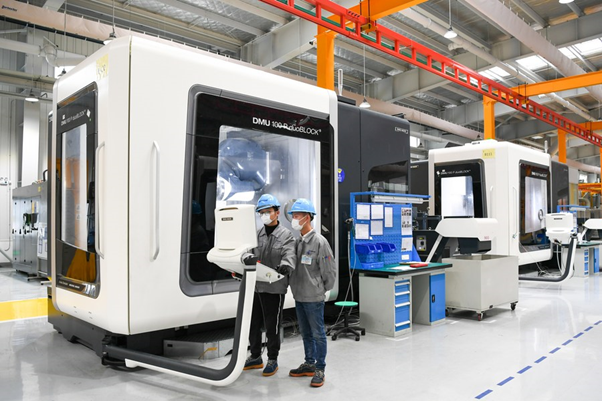
The Chinese government places high importance on the development of national high-tech zones. Premier Li Keqiang set out clear requirements for national high-tech zones to play a leading role in pooling innovation resources.
In 2019, the 169 national high-tech zones in China created 12.2 trillion yuan in output and their export volume reached 3.8 trillion yuan, accounting for 12.3 percent in China's GDP and 22.05 percent in the country's export.
The Wednesday meeting noted the exemplary and leading role of national high-tech zones, as important launchpads for promoting high-quality development, in deepening reform and opening up. They also help spur entrepreneurship and innovation, and create jobs for college graduates.
Applicable policies tried and tested in pilot free trade zones and national innovation demonstration zones will be extended to national high-tech zones, where more pro-innovation policies will be piloted. Regulations on long-term multiple-entry visa and residence permit for overseas talent will be relaxed.
Commercial banks will be encouraged to set up branches dedicated to science and technology sectors in national high-tech zones. Intellectual property pledge financing will be supported. Qualified developers of national high-tech zones may go public to raise funds.
The draft revision to the Chinese Patent Law was submitted to an ongoing session of the Standing Committee of the National People's Congress, China's top legislature, for a second review on June 28. It was first read in December 2018.
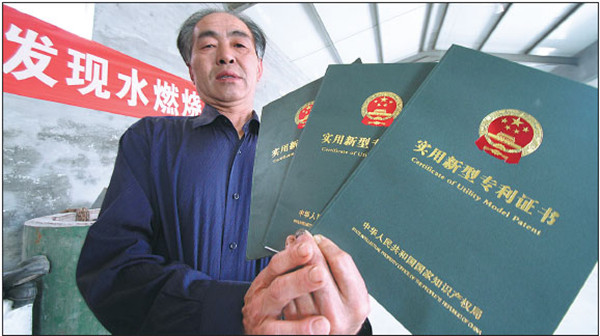
"After the first reading, some government departments and experts suggested we add patent protection for partial design of a product. We decided to adopt the idea after studies, as it's also an internationally-accepted practice and will inspire innovation in the design industry," the NPC Constitution and Law Committee said in a statement.
In addition to safeguarding the patent of a product's overall appearance design, a draft revision also gives protection to a product's partial design as a move to encourage design innovation.
Under the current law, appearance design refers to shape, pattern, color, or their combination, and the design must be full of aesthetic feeling and suitable for industrial applications.
Beijing is advancing its opening-up in both foreign trade and the service sector to achieve high-quality development. The city announced a series of action plans earlier this month to create new economic growth spots.
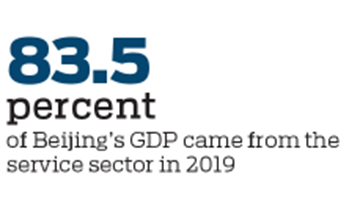
Among the focuses of the plans, one is IP protection. Beijing will strengthen its IP utilization mechanism, advance the construction of a diverse IP protection portfolio and improve protection related to new business modes, according to the plan.
The city government is applying to build a State-level innovation demonstration zone for foreign trade promotion, integrating various government services for foreign investors, ranging from market access and investment promotion to administration and protection, into a one-stop service system.
The city government is also beefing up efforts to continuously improve the city's business environment.
To this end, it is further streamlining administrative procedures, conducting regular assessment of reforms, standardizing agency services and removing intangible barriers that affect market access.
Government officials led by major leaders at the city and district levels visit local businesses regularly to facilitate communication between the government and industries.
Commercial Aircraft Corporation of China Ltd (COMAC) delivered to Air China, China Eastern Airlines and China Southern Airlines their first ARJ21 regional jets on June 28.
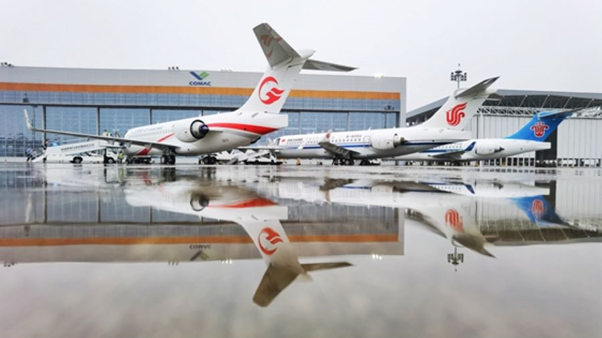
ARJ21 is the first turbofan regional jet that China has developed and produced in accordance with international standards, and of which China owns intellectual property rights. With a cruise range spanning 2,225 to 3,700 kilometers and favorable performance, it meets operation requirements at airports in Central, West and North China.
COMAC plans to produce 30 ARJ21 this year. So far, the regional jet has flown on 55 flight courses, connecting 55 cities in North, Northeast and Southwest China, having transported 890,000 passengers.
Those for this week’s news. For more IP events in China, please visit www.chinaiptoday.com. See you next Saturday and enjoy the weekend.











